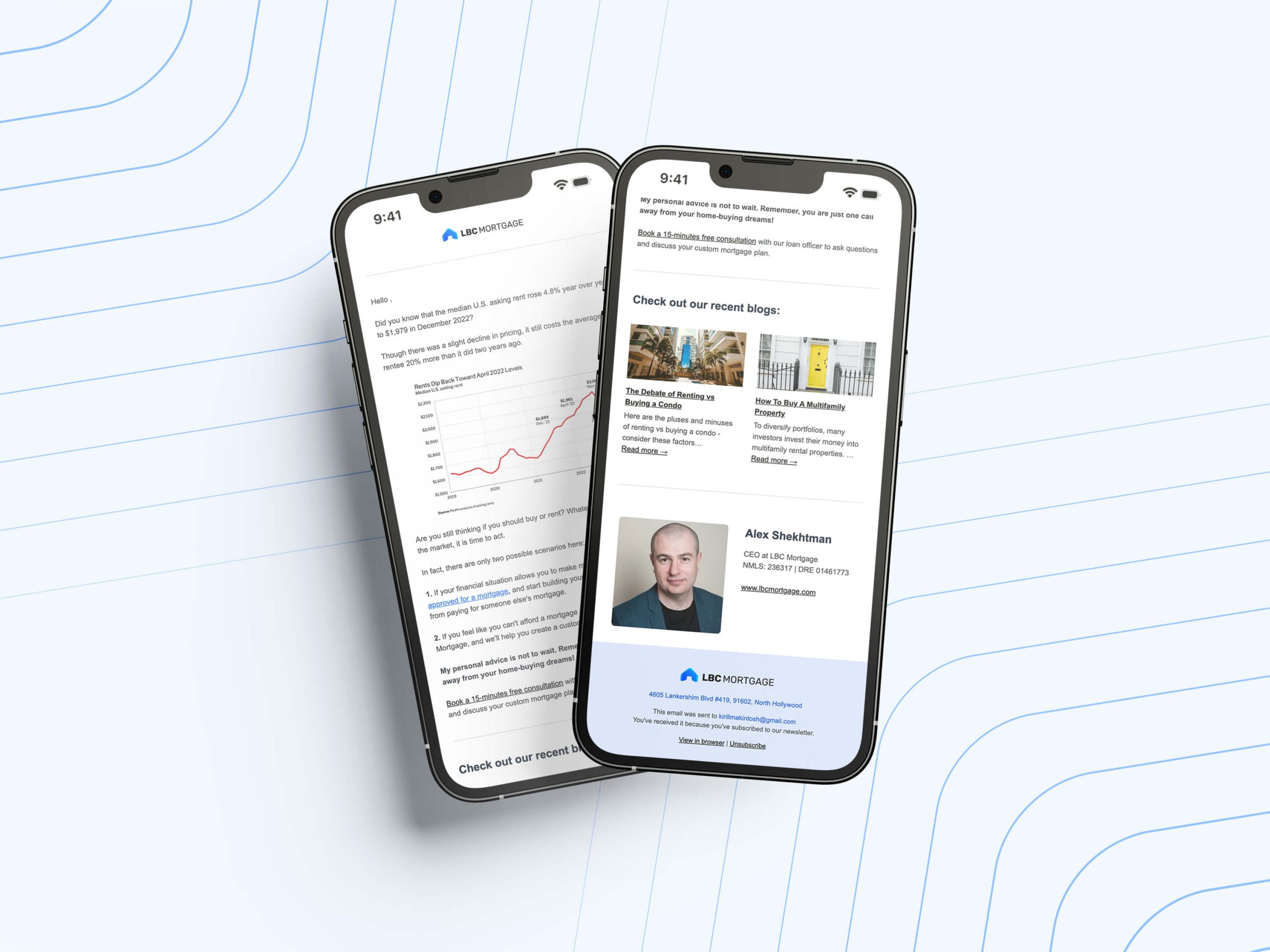The main advantage of Convertible ARM loans is that borrowers can switch from an adjustable interest rate to a fixed one. Of course, they will have to pay extra for this. With Convertible loans, you can change your interest rate from adjustable to fixed and buy a home faster. Let’s look at how this process happens and whether risk is involved (spoiler: yes).
What are Convertible ARM loans?
Convertible Adjustable-Rate Mortgage loans allow borrowers to change the loan rate type after a period — typically 7 or 10 years. As we wrote above, the bottom line is that you can switch to a fixed-rate mortgage. Therefore, you will pay stable and predictable payments.
With a traditional ARM loan, your rate constantly fluctuates — it goes down or up at certain times (every semi-yearly or yearly). Fluctuating interest rates can raise or lower your monthly payment. Regarding a fixed-rate mortgage, it’s simple — your monthly payments don’t change. This stability is desirable, given how much interest rates are rising.
Convertible ARM loans — how it works
By agreeing to a convertible ARM loan, you are moving to a fixed-rate loan without going through the refinancing process. But be prepared that your new fixed rate will be stable and higher than the adjustable rate.
Convertible ARMs gained popularity in the 1980s when fixed-rate mortgages were more expensive due to high-interest rates. Therefore, many borrowers took a chance on convertible ARM loans — it seemed unlikely that rates would rise, so they would benefit from a lower interest rate if rates fell after the fixed rate period.
Convertible ARM loans — advantages
- The borrower may lock in a better rate at some point in the future
- The fee will cost less than the closing costs of the refinance
- The borrower benefits from a lower interest rate and monthly payment
Convertible ARM loans — disadvantages
- You’ll likely have to monitor interest rates, which quickly change. After all, if rates have increased significantly, you will not benefit from the conversion
- Conversion fee
- A convertible ARM can be risky if the borrower is not prepared for higher monthly payments
Conclusion
So, the choice, as always, is yours! Remember, the benefits of ARMs occur when rates fall — so you will need a specialist who can at least approximately predict market fluctuations.
Consult LBC Mortgage to stay informed on mortgage financing and make better decisions.
